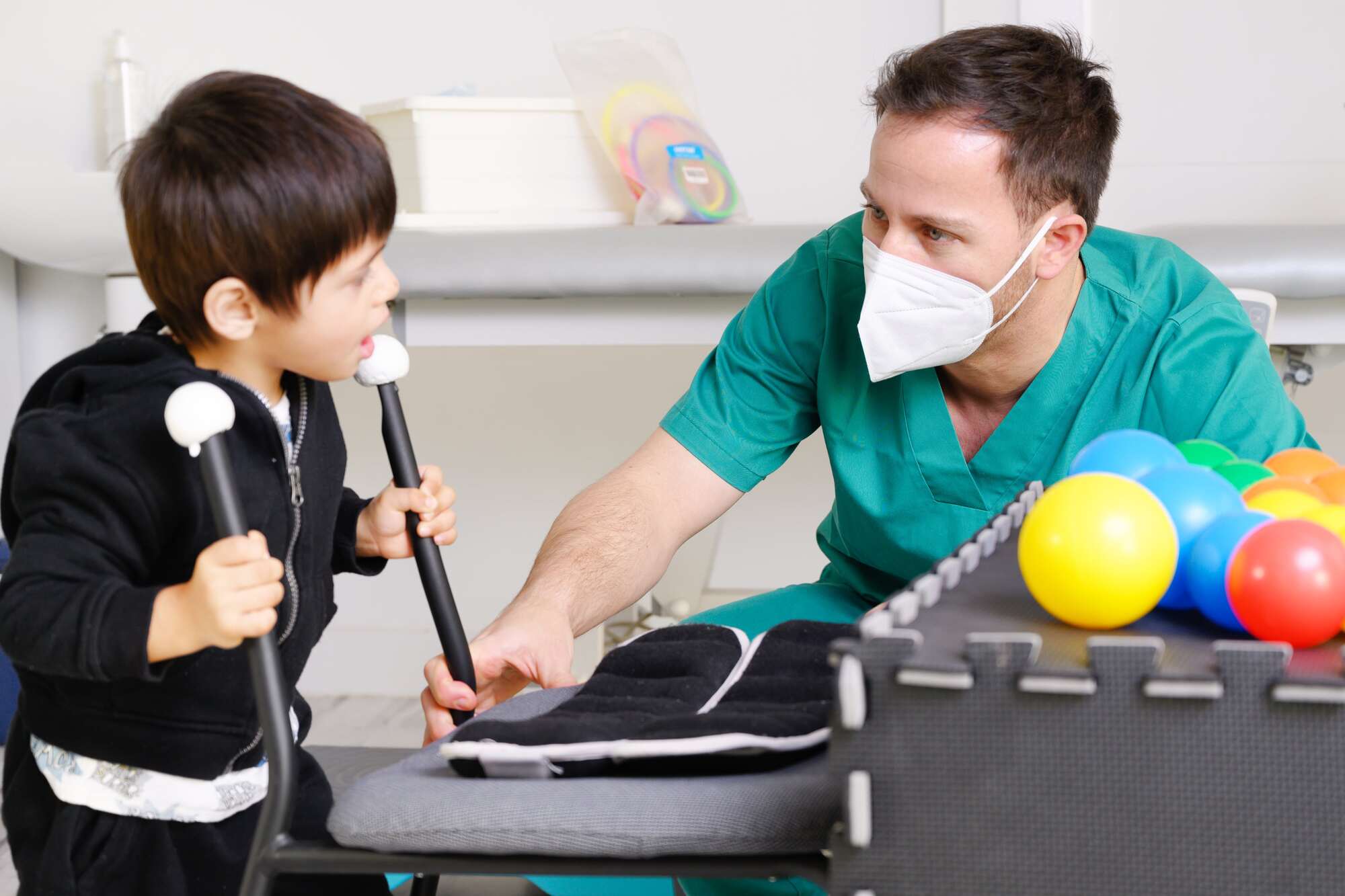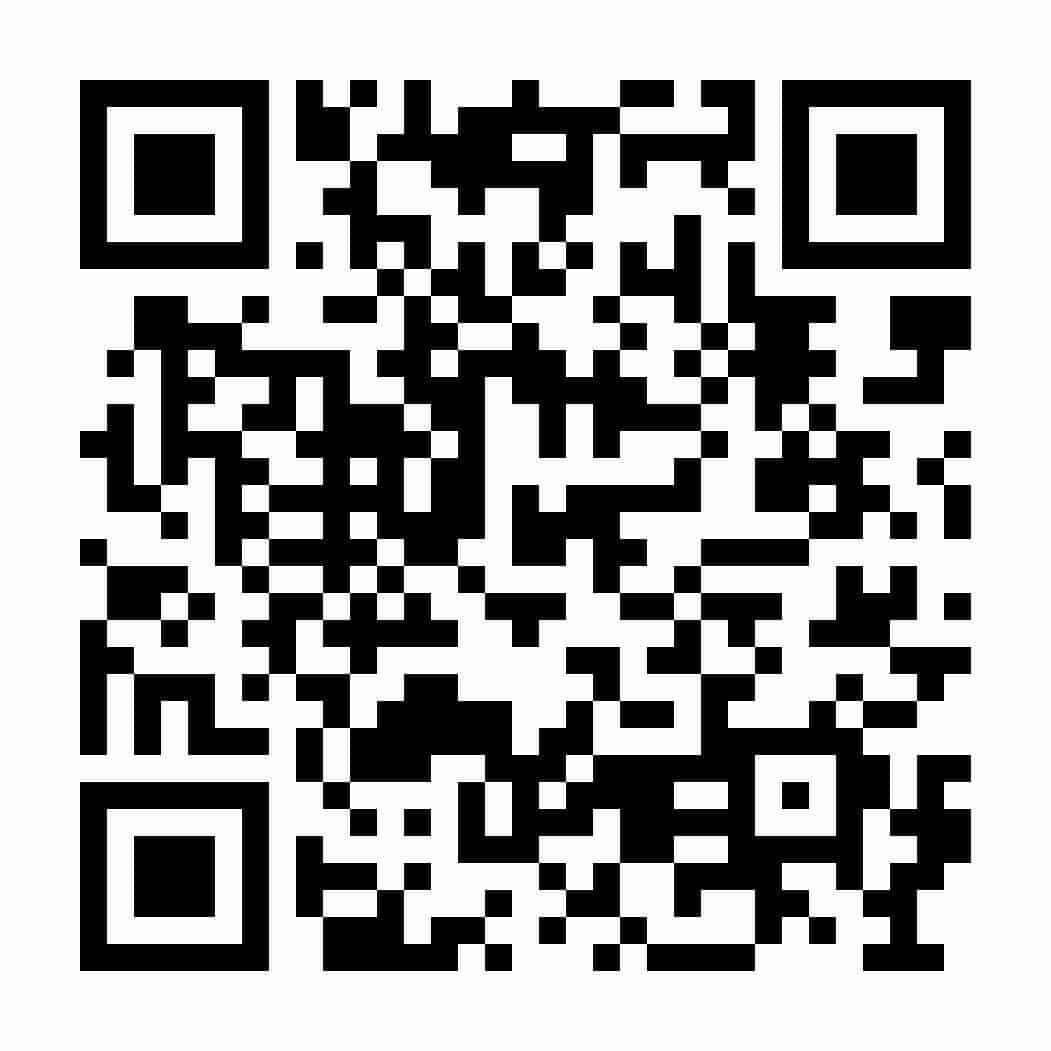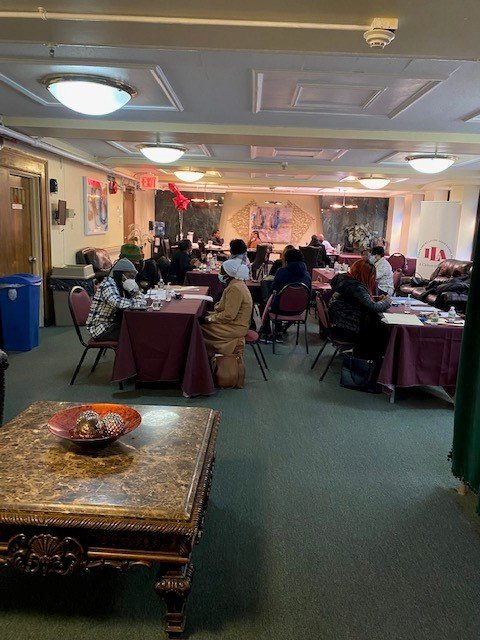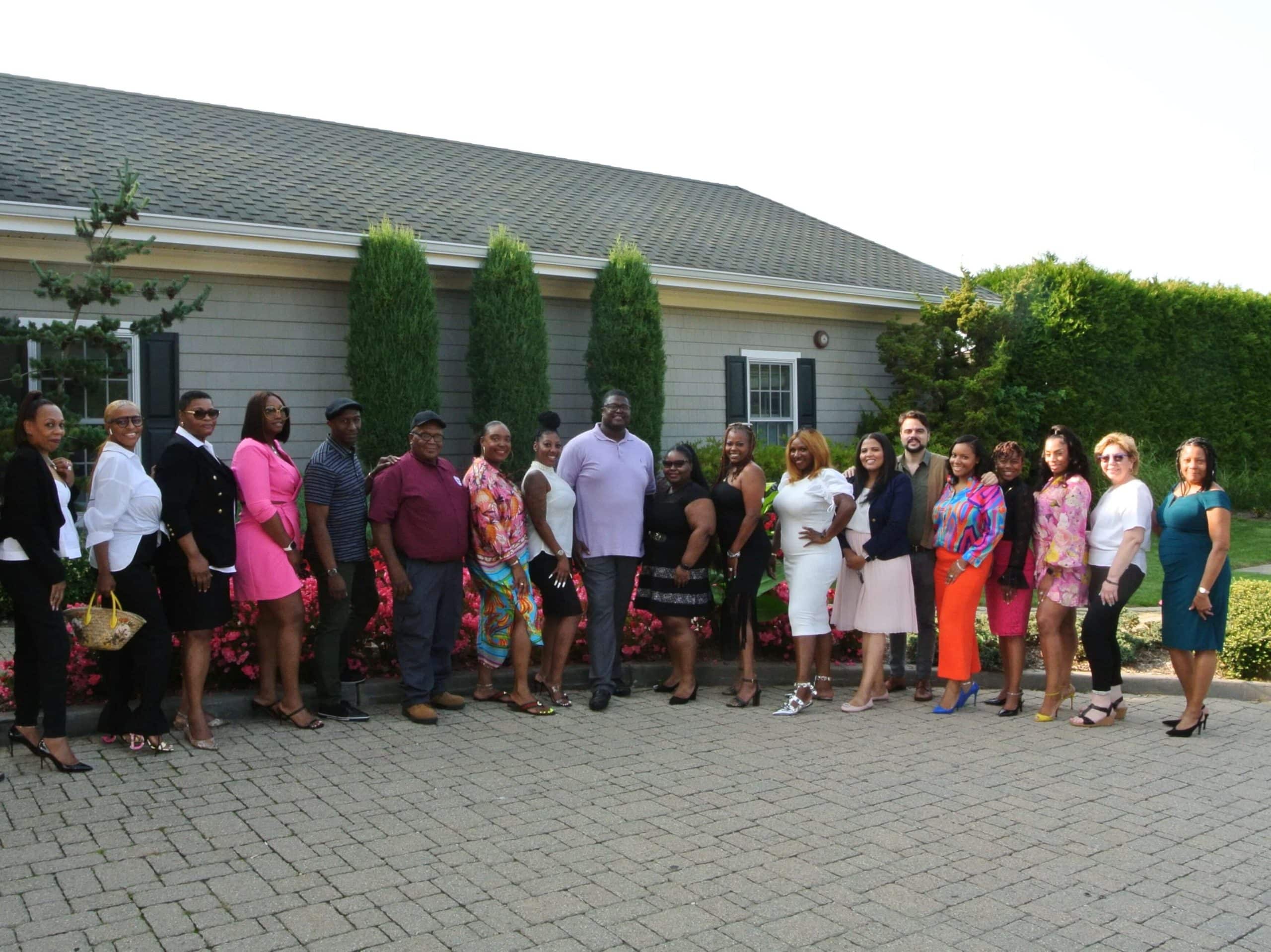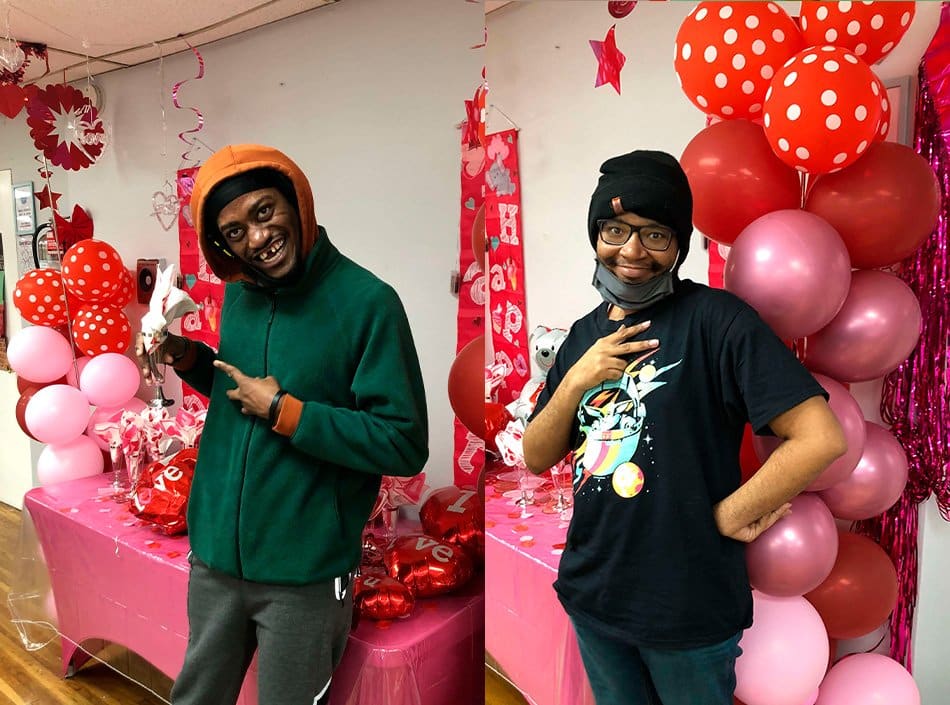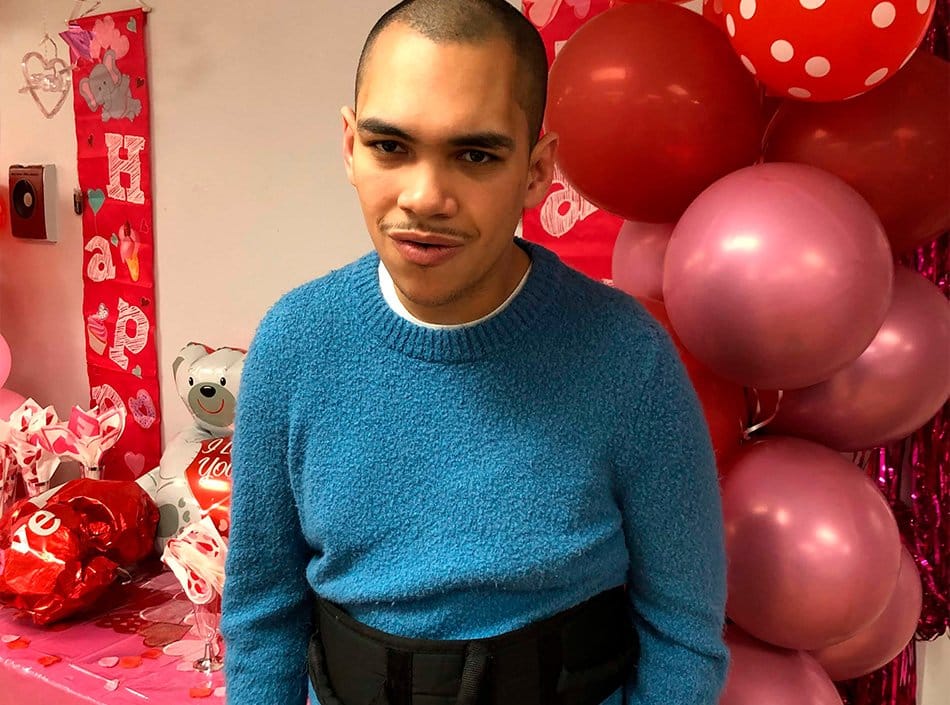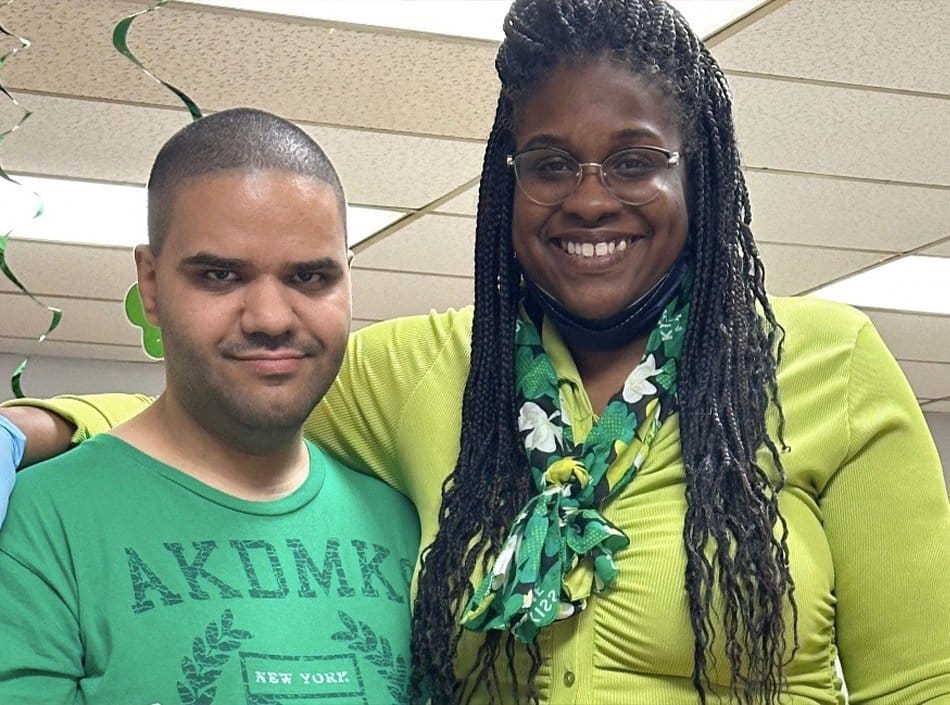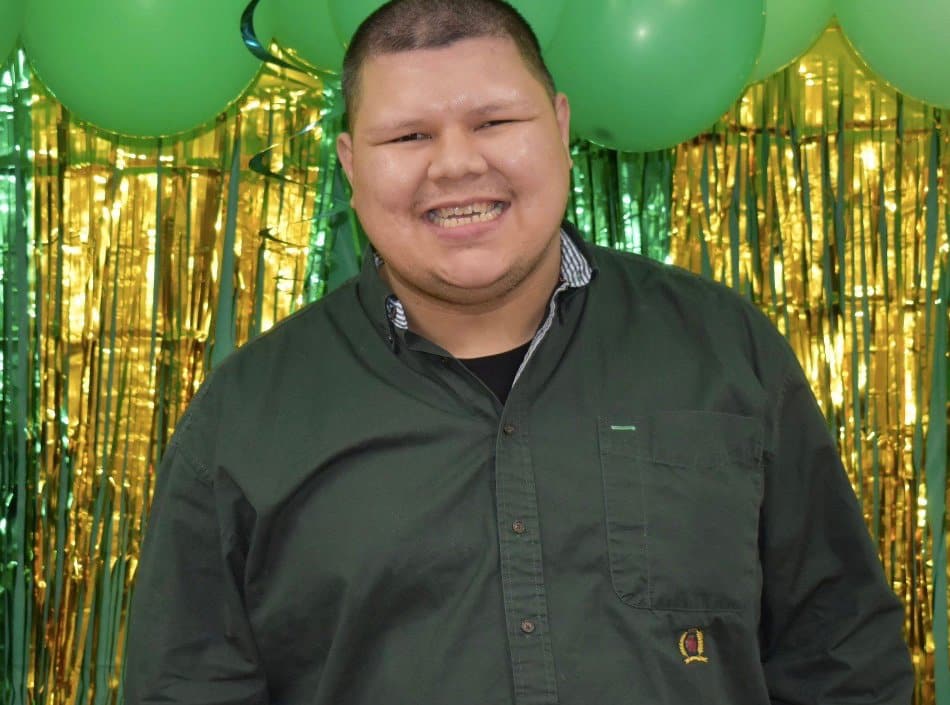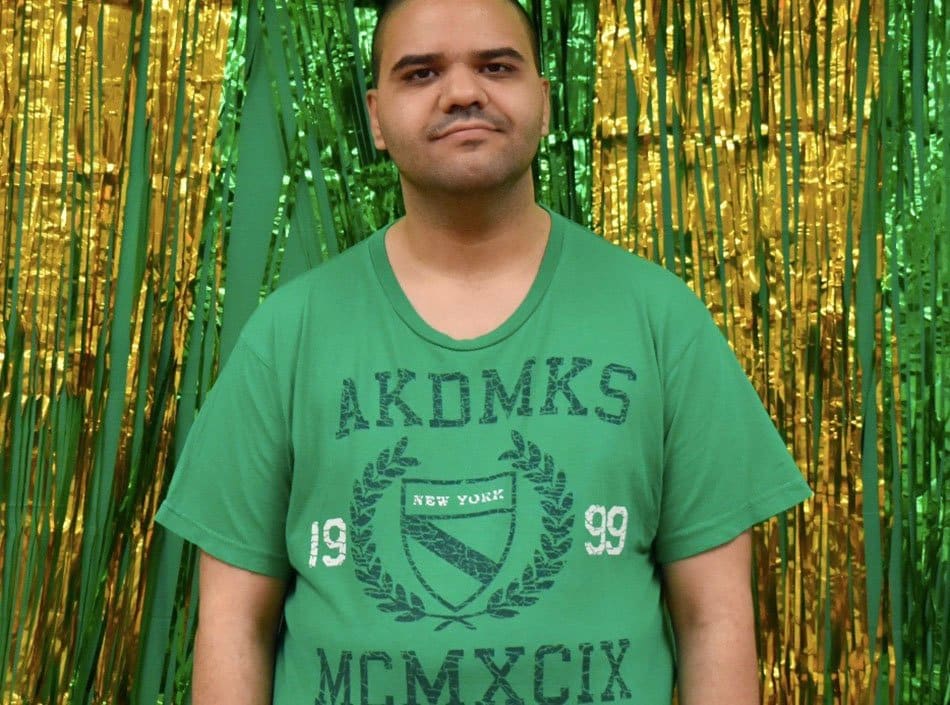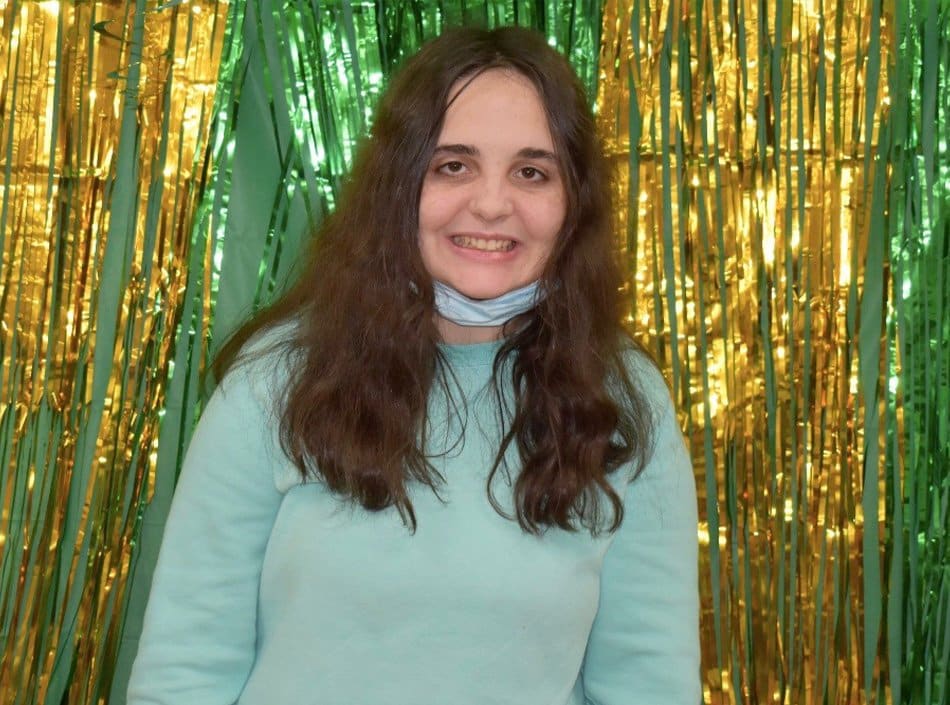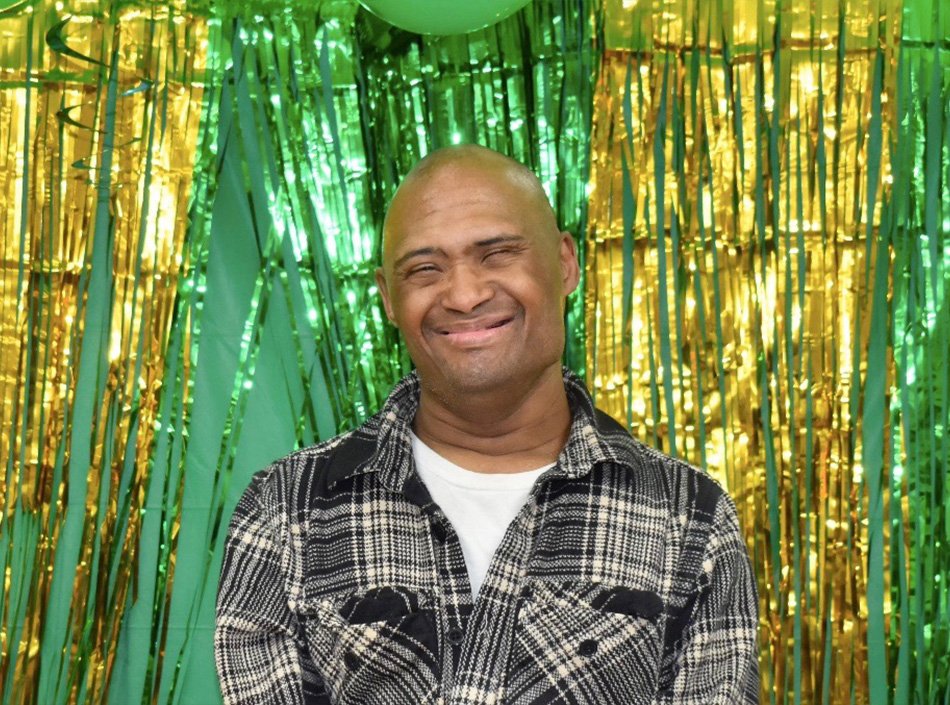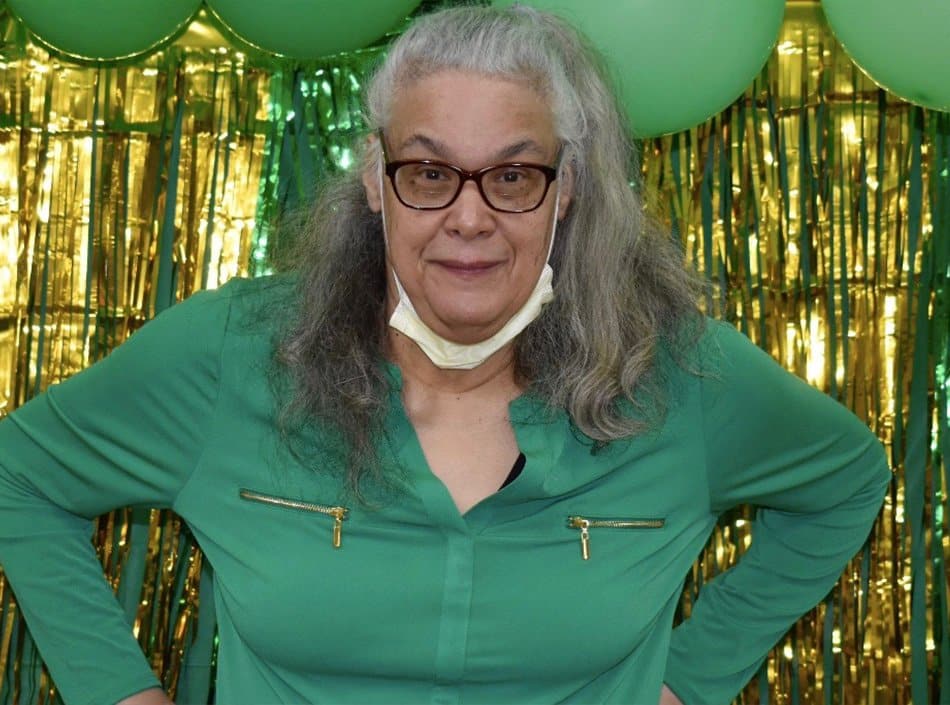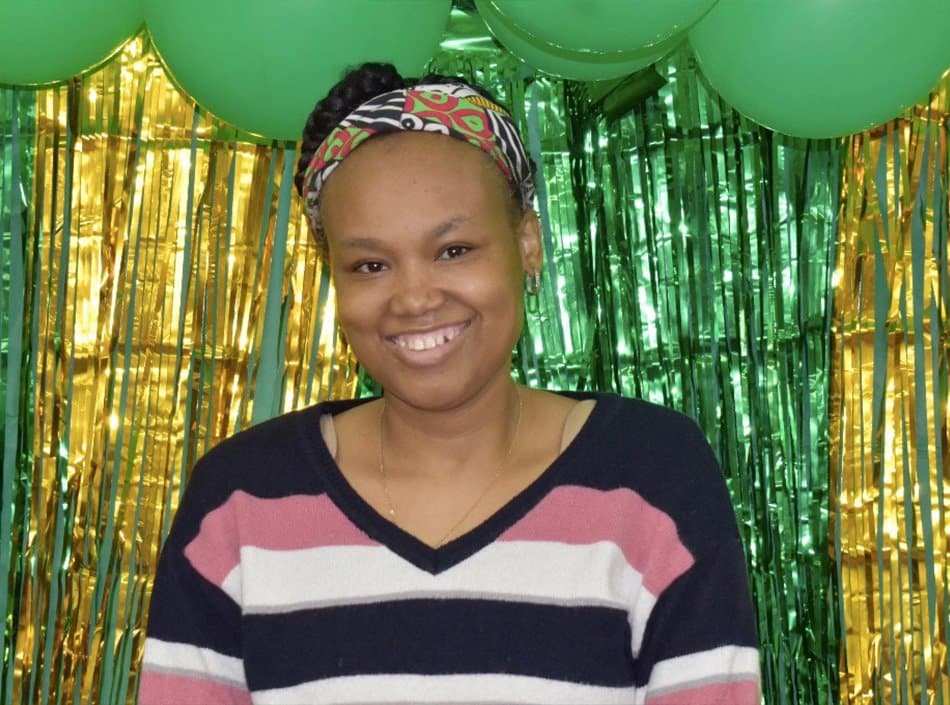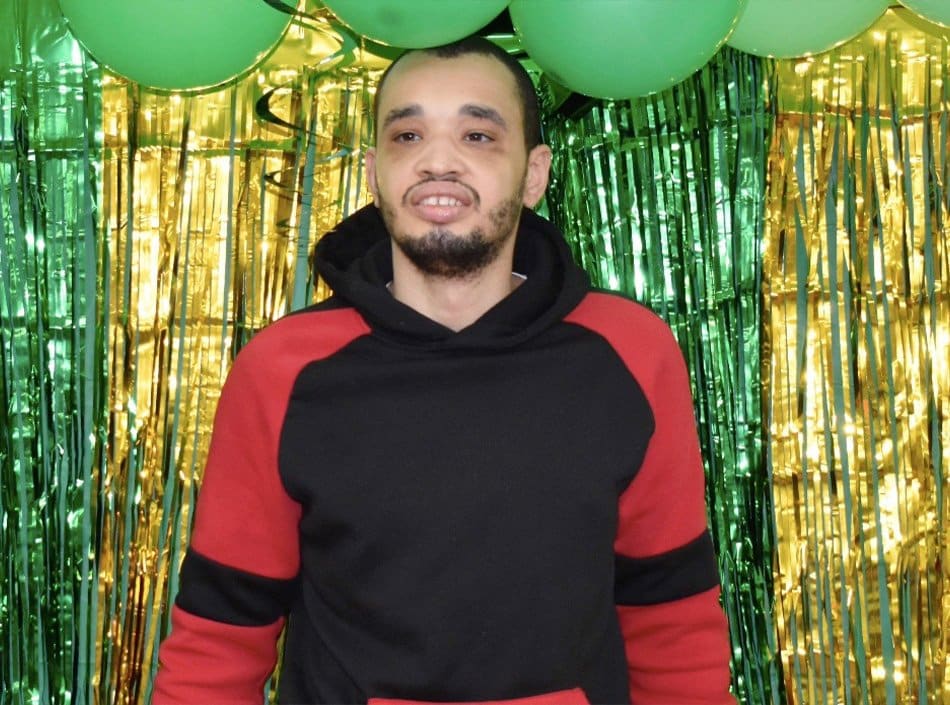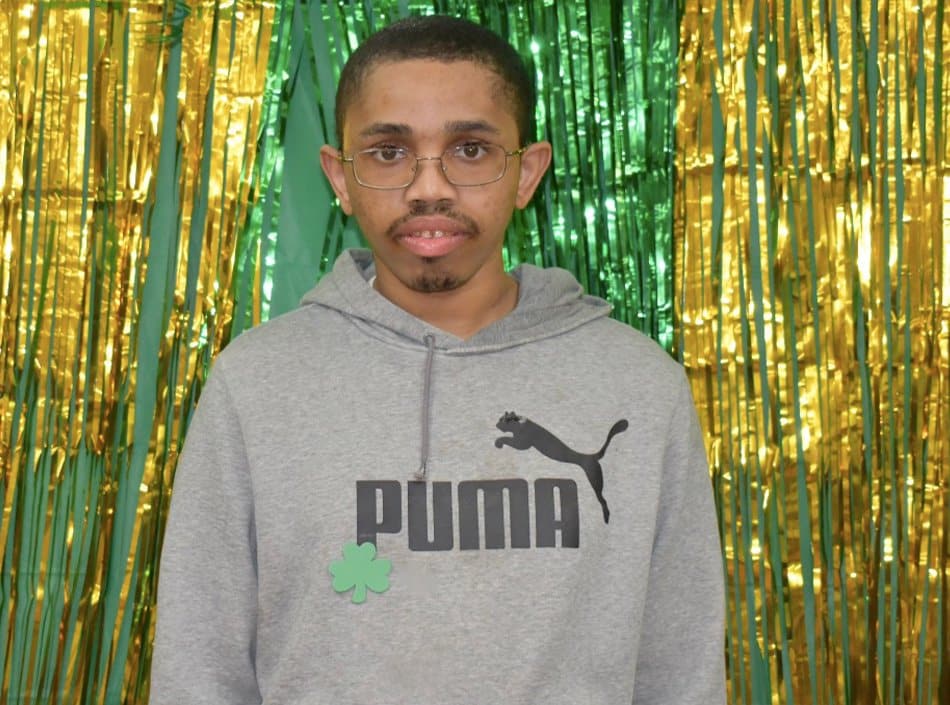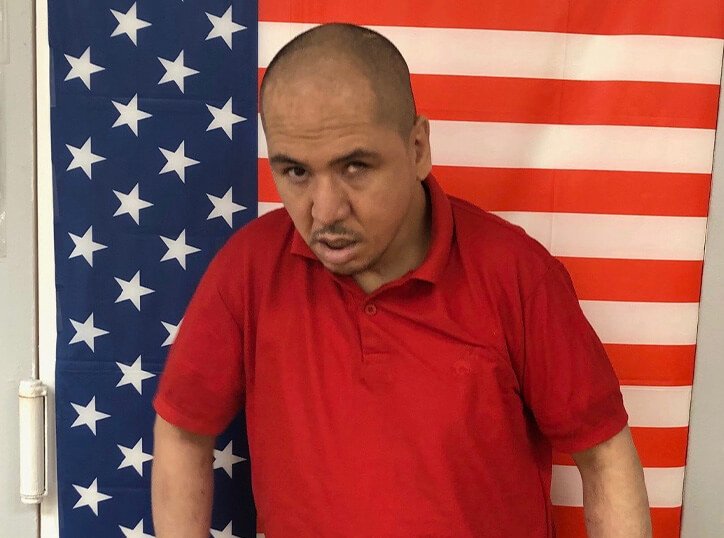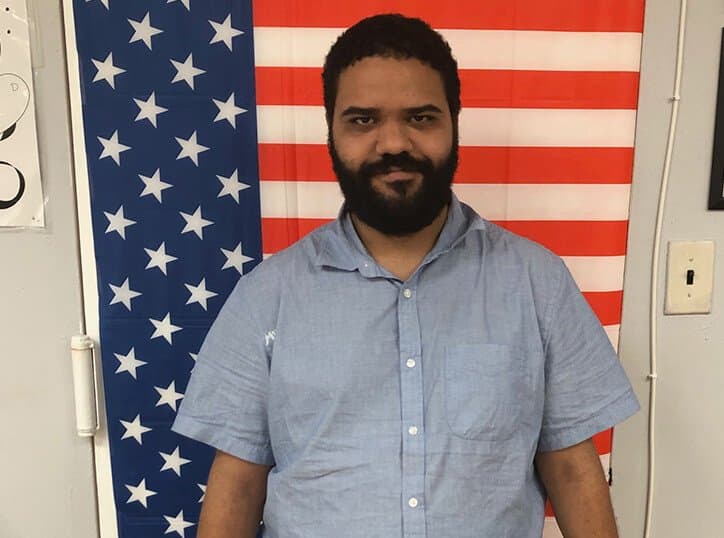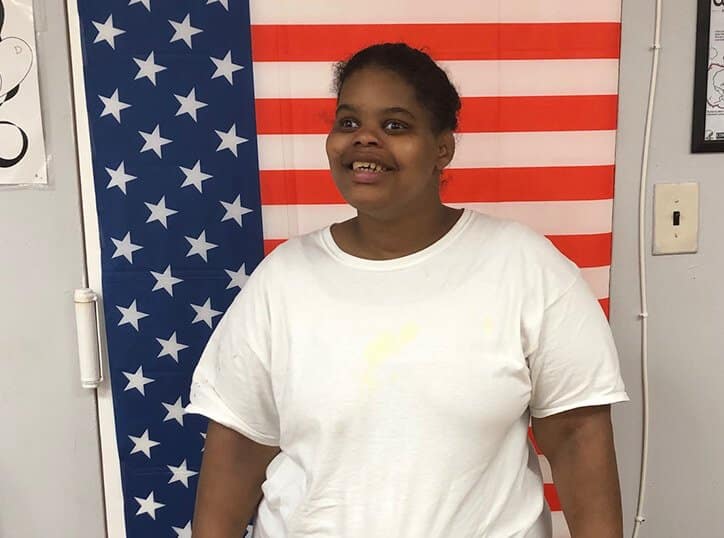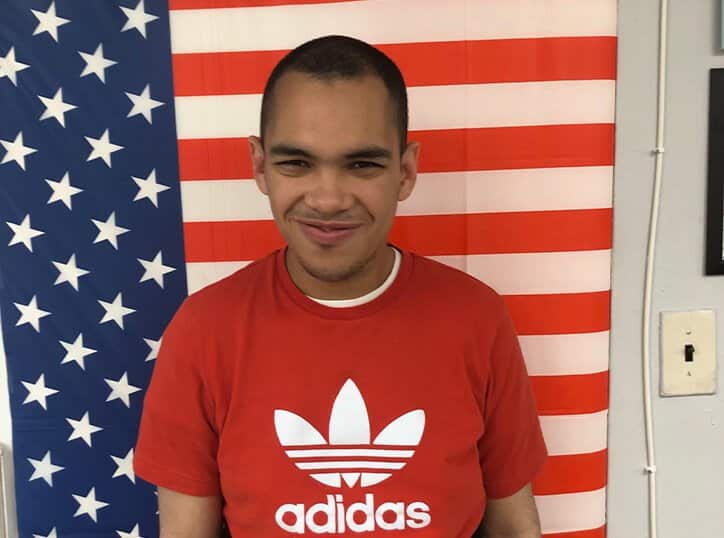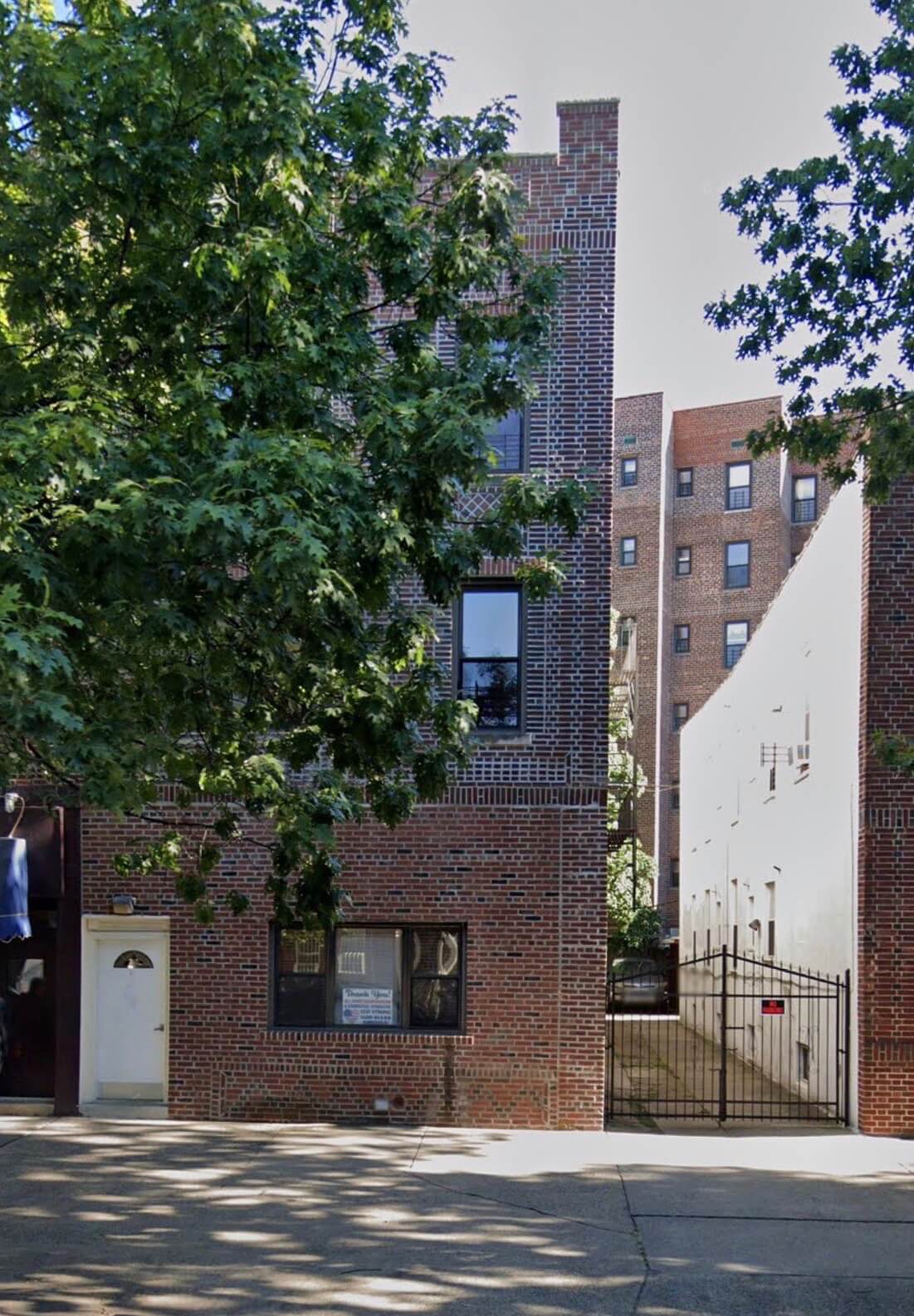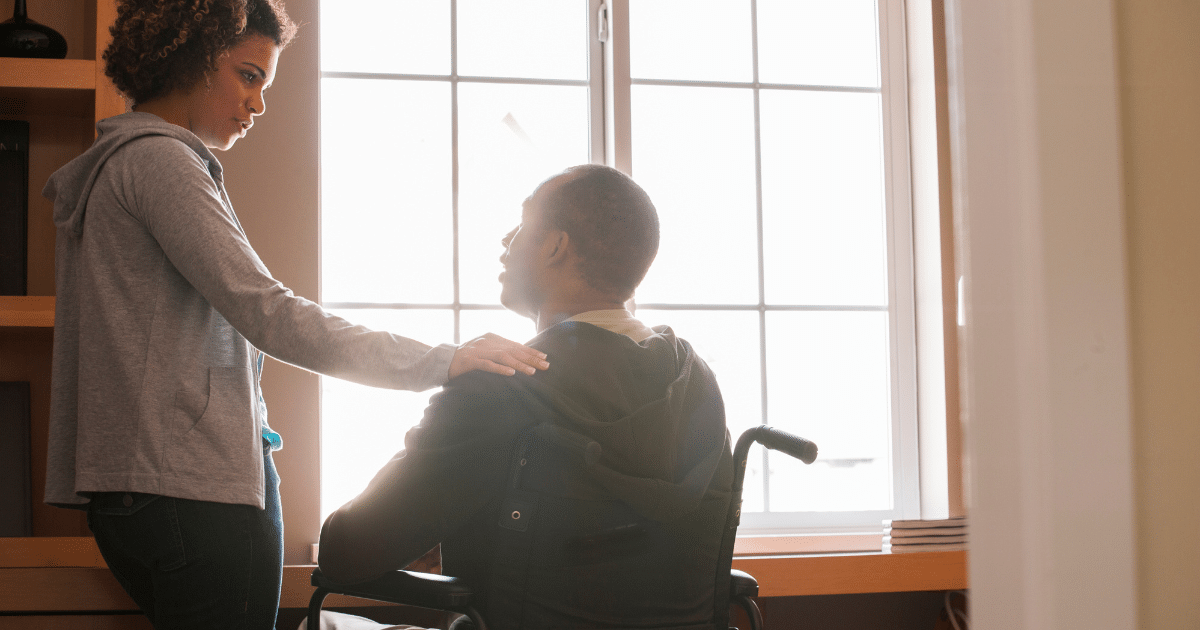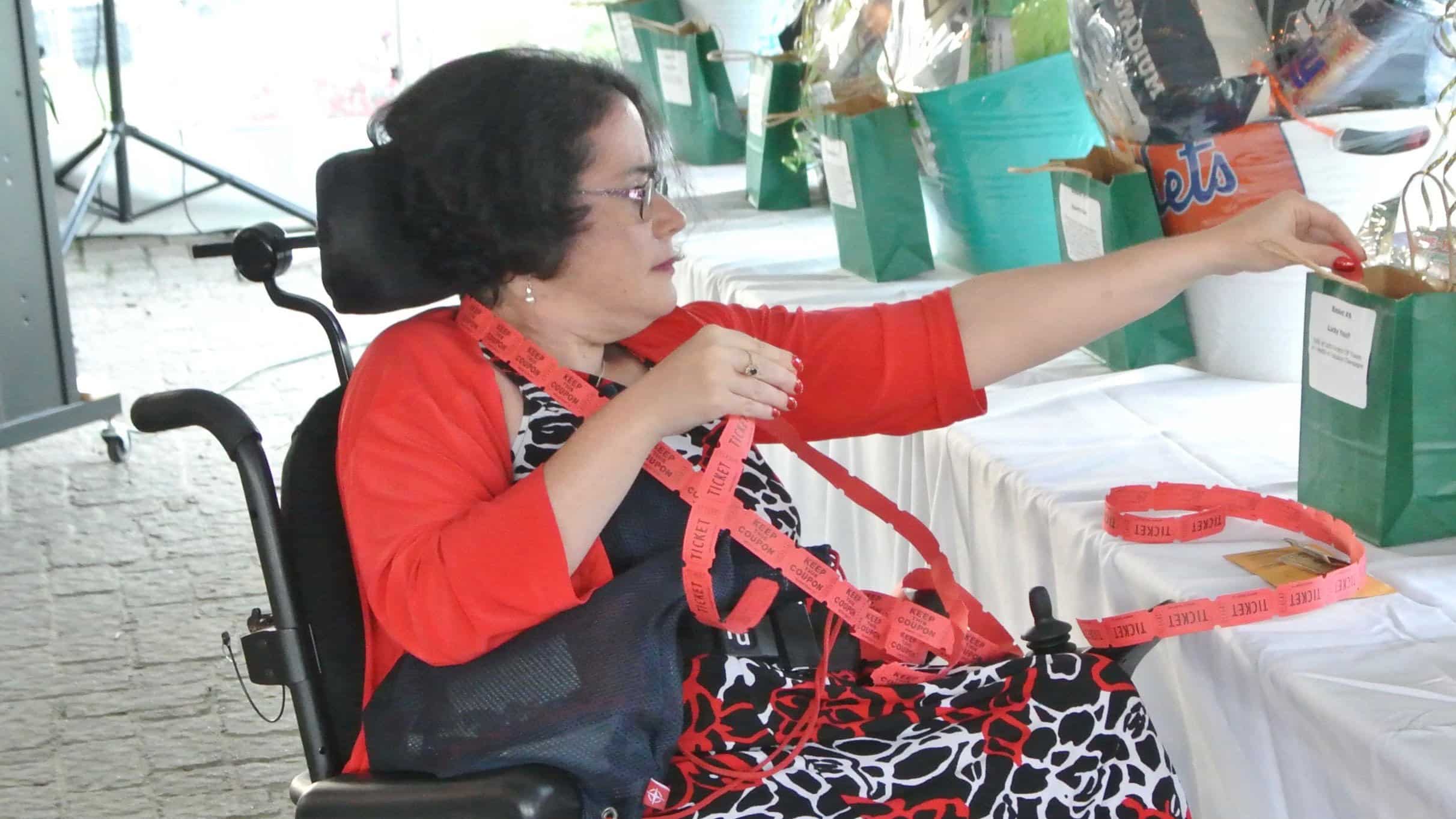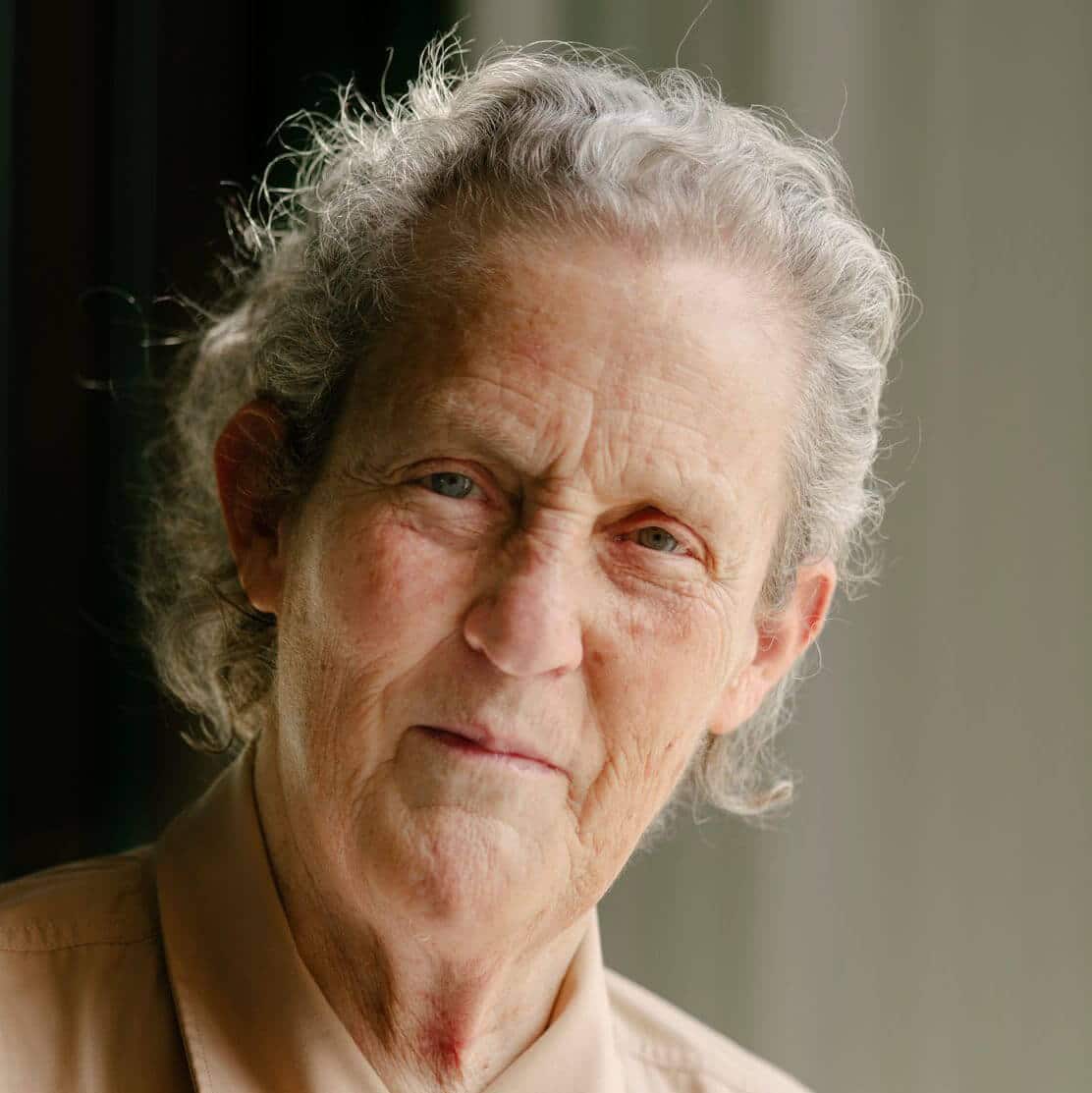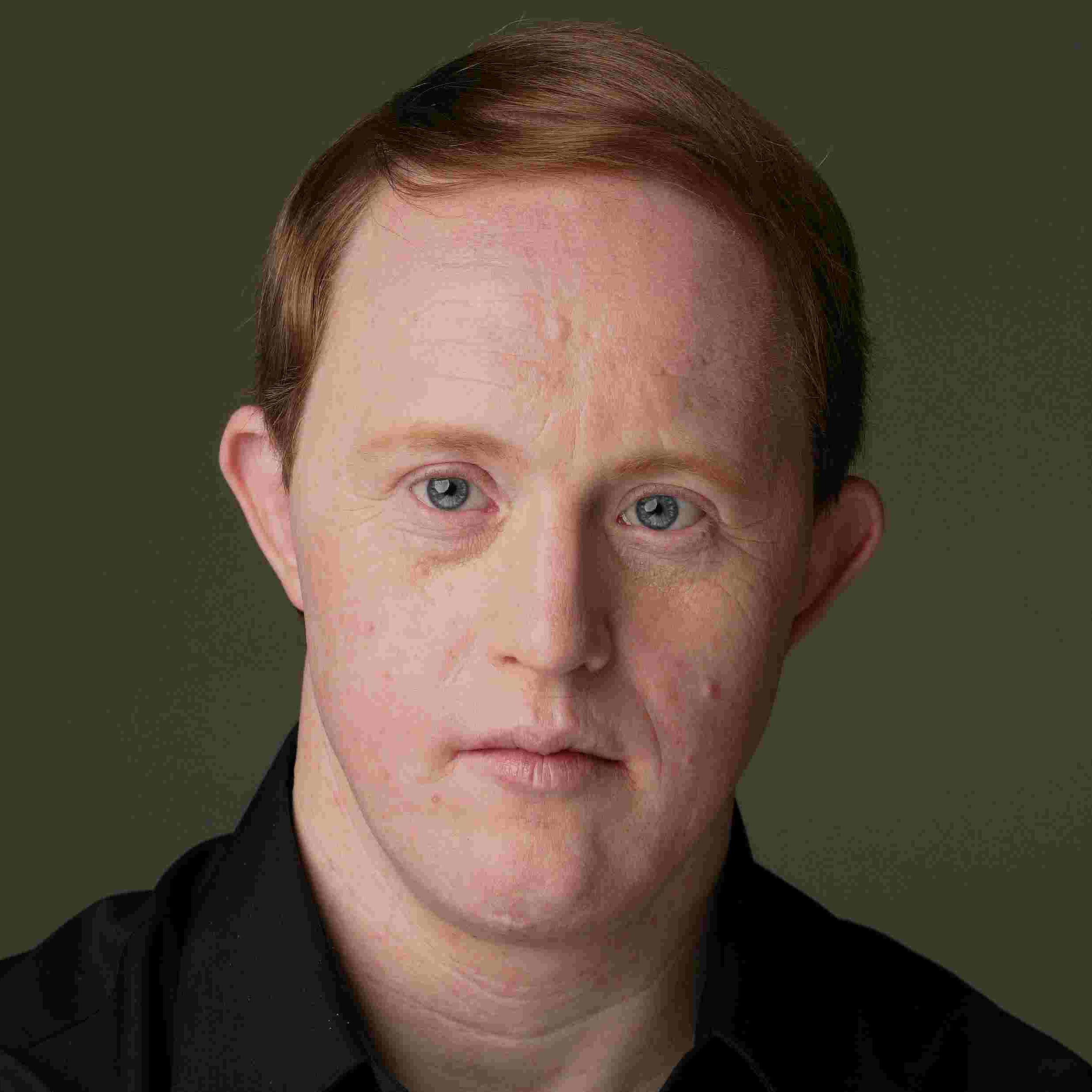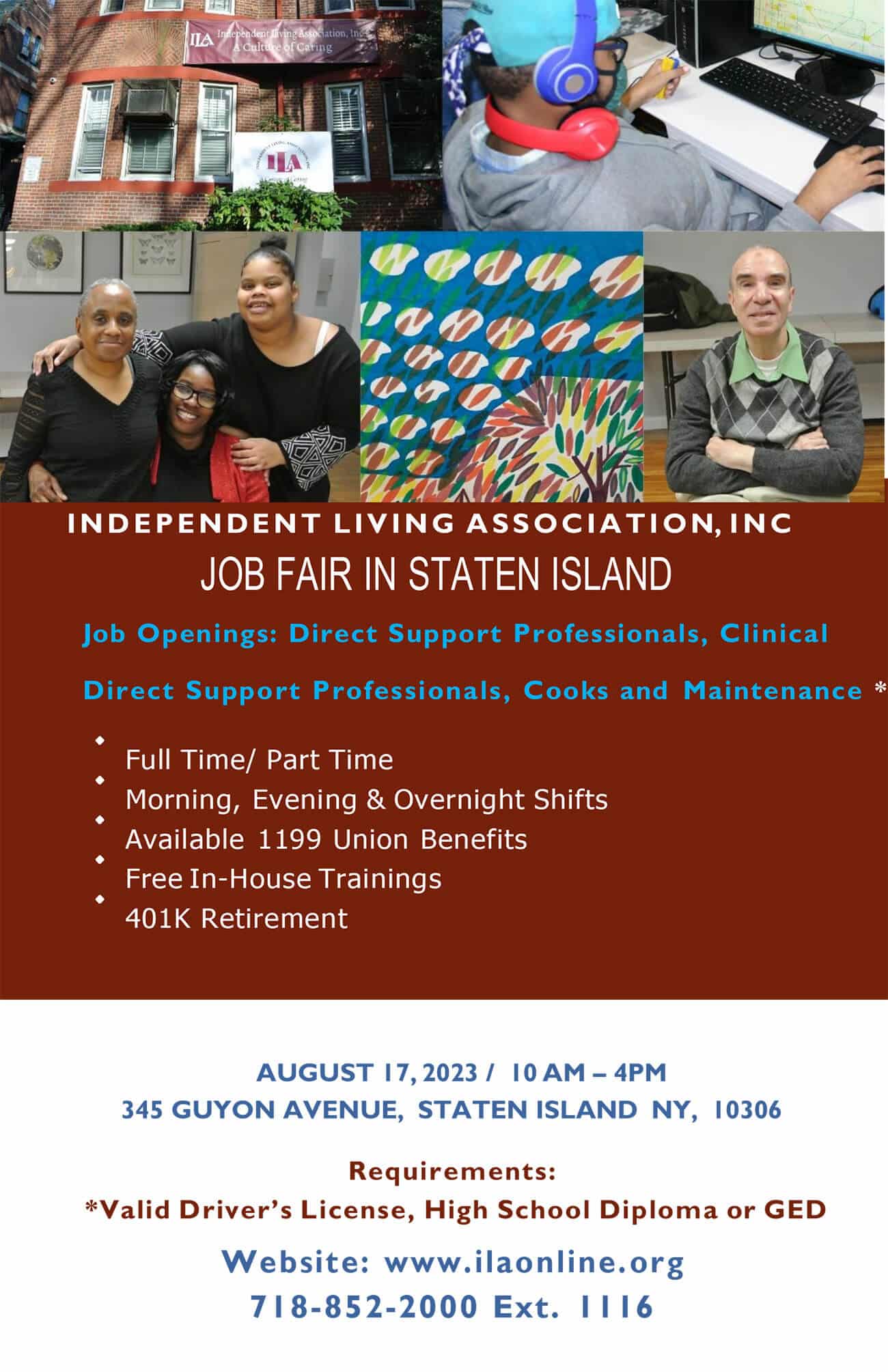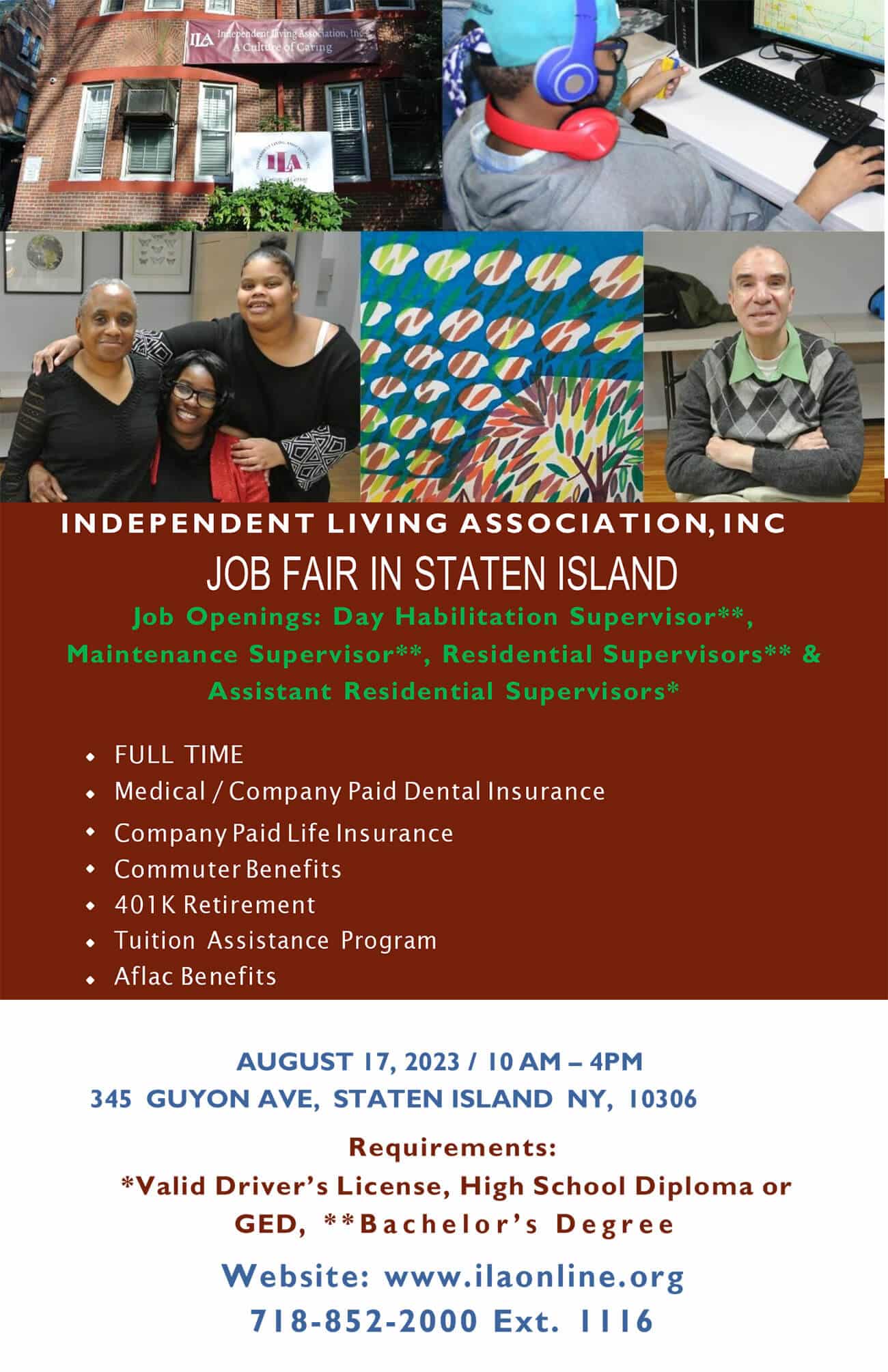Professionals who work with individuals with intellectual and/or developmental disabilities (I/DD) may sometimes provide additional support for issues stemming from orthopedic impairments. These issues can be mild to severe and affect the quality of life for those afflicted. Care workers are equipped with the knowledge and experience to provide training and support for intellectual, developmental, and related physical impairments.
The IDEA, or Individuals with Disabilities Education Act, identifies three main categories of severe orthopedic impairments that cover a variety of disorders. These are neuromotor impairments, infirmities related to degenerative diseases, and other impairments from musculoskeletal disorders. Several interchangeable conditions, such as congenital impairments, are usually included within the neuromotor classification.
Outlining Orthopedic Impairments
- Neuromotor impairments involve damage that affects various aspects of the nervous system, spinal cord, or brain. These neurologically-based motor abnormalities are related to and responsible for limited or uncontrolled movement to limbs, spine misalignment, and incontinence issues. Cerebral Palsy and Spina Bifida are the two most common types.
For example, cerebral palsy, an umbrella term referring to conditions occurring before or within a few years of birth, causes a malfunction related to involuntary and potentially uncoordinated movement. Paralysis is another form of neuromotor impairment related to musculoskeletal impairment. - Congenital disabilities are developed pre-natally and at childbirth, related to neuromotor impairments, and encompass disorders like scoliosis and hip dysplasia. Severe anomalies include Down Syndrome and heart defects.
- Disease-related impairments are classified as various degenerative conditions that impact motor development, such as Bone Tuberculosis, Poliomyelitis, and Muscular Dystrophy, which leads to increased muscle weakness due to the breakdown of muscle fibers.
- Impairments related to musculoskeletal conditions can range from mild to severe and include amputation, fractures, and burns, caused by injury.
- Orthopedic challenges can negatively impact an individual’s functionality in day-to-day living, and their ability to perform in an educational setting depending on the combination of specific characteristics and rate of severity, including:
a. Situations based on limited mobility, including paralysis, weakened muscle control, walking with an unsteady gait, and loss of a limb.
b. Language challenges and the ability to express oneself through speech.
c. Physical limitations in daily activities and difficulties with large and fine motor skills.
Helping Those With I/DD And Severe Orthopedic Impairments
Individuals with I/DD experiencing challenges from orthopedic impairments may require added services within the home, at work, and in school. The ADA or Americans with Disabilities Act has created laws and provides legal rights for individuals to assimilate more effectively within their communities.
Trained professionals working within specialized organizations at centers like New York’s Independent Learning Association offer critical support and education through residential and day programs and community habilitation. Assistance may encompass social integration, job experience, technical/computer training, and much more.
Thankfully, due to today’s advanced technology, increased public awareness, and the continuous support of trained caregivers, individuals with I/DD living with physical impairments can now realize a more fulfilling role in society and experience a greater quality of life.

